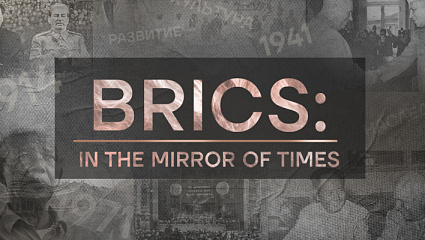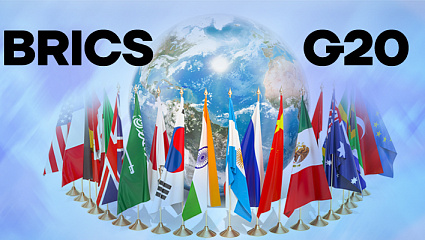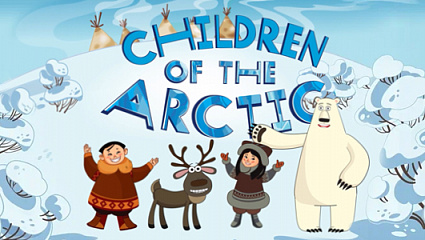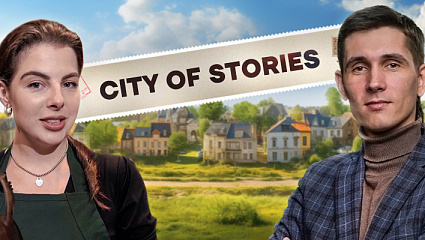What is marketing and what do marketers do? - Konstantin Dubonosov
A market economy with fair competition creates an environment in which new goods or services (and even whole service systems) will emerge in one way or another. A special term - product - has been coined for the sake of simplicity.
Advertised Product
The product itself has properties that are needed in order to satisfy customer needs (B2C) or business needs (B2B). For simplicity, let's take a product on which it will be easier to see where there is marketing in place and where there isn't, and why.
Milk. An ideal candidate for at least two reasons. The first is that one milk is not much different from another. It is about cow's milk of the same fat content and composition (although how it can be different is unclear, it is milk). All made-up products (milk packets), will have their own distinctive properties. Since their composition and fat content are the same,marketers are left with few options for influencing the consumer to choose the right option. Let's take a closer look at them.
Appearance
Packaging determines how the customer will perceive the contents. Imagine we are walking from afar to the dairy shelves in a shop. What is written and drawn on them is not yet clear, you can only see the colour and the shape of the container.
Colour
Milk cartons are usually white. This colour reflects the colour of the product and is associated with purity and lightness. I haven't seen milk in black or grey packaging, have you? Does it mean that this is some kind of rule that everyone follows? In general, yes, there are certain rules and it is better to follow them. You can make a black milk carton and it will break the rule, but only for a some purpose. For example, we want to stand out from the competition. All the containers are white and ours is black. A great idea, especially if you want to differentiate yourself in price too. Black, for example, is used to accentuate austerity and is often adopted by premium products.
Form
The containers can be paper (the ECO version), plastic, or just in a plastic bag. Some with convenient ways of opening and closing the container so that milk can be stored for longer. Others have a handle for easy pouring. And others have simply decided to save money and thus reduce the cost of the product. And the latter option is by no means the worst, it's just different.
Images
Now we have already come closer and we can read what is written on the packaging. This is another source of information when choosing a product. And marketers will not miss the chance to influence the customer in this way. A cow is a typical example of this. Milk rivers, meadows, the Alps, a milkman, a cat - we have already seen all this hundreds of times in stores. How to stand out? This is what marketers are thinking. In this situation, if everyone has a picture on the package, the one with only the large inscription will be in a "special position" and this will give a chance that this product will be chosen rather than another. Just because it's different, or it resonated in the minds of customers, because the face of that cow on the packaging seemed sad to you. A sad cow gives the wrong milk.
Price
Look at the packages, note the interesting options for yourself and it's time to think about the budget. Note thatthe money question does not come first, but it is important.
This is where the most annoying thing comes in, where the product with the most cool features is likely to cost more than the others. This is because complex packaging, marketing work and changes in production chains will be reflected in the price of the product. It turns out that the bag on the bottom shelf (almost on the floor) has exactly the same volume, fat content and taste, but costs 20% less. And that's where you get to the subtle part of the comparison - the context.
Context
Context is the picture at the time of product selection. Let's say, it would be strange to buy milk at a petrol station (place), or to find a carton of milk next to alcoholic products or fish. That said, you won't be too surprised by milk next to the biscuit stand. Biscuits & milk - that's classic.
Comparison
When we look at a refrigerated display with a large selection of milk, we always look at several options at once. In this situation, the buyer unwittingly compares them with each other. They may even think that this is why they were put in one place. Attentive readers after the previous sentence will understand whysome producers require a separate stand for their products-so that they are not compared. For example, if there are 2 options of milk: the first for '50 coins' and the second for '83 coins'. The second option seems more expensive. But put the third for "165 coins" and the first one will seem like the cheapest option and the second one not so expensive.
Thought and taste
We decided that the composition of milk is the same. How can it taste different then? In a blind tasting, everything is likely to seem more or less the same, but plug in everything written above and suddenly a strange thing comes to light. For some reason, the cheap milk seems more "watery" than the one in the premium packaging, and the one in the container with the handle seems a little fresher, even though the date is the same. This is because all these factors are gathered in our heads and information about taste comes last, which means that preconceptions are superimposed on it. That's the secret.
Conclusions
All the ways, techniques and methods described above work instantly in our heads and we don't usually think about all these subtleties. We just buy milk. But our brain, even without your knowledge, analyses a huge amount of information from all the senses. Plus it remembers all of Your previous interactions as a customer with the product.
It should now be clearer to some readers what marketing is and what do marketers do. And yet we haven't even touched on such complex constructs as Brand, why the customer wanted milk in the first place and how they ended up in this particular shop. But that is a completely different article.







 DIGITAL WORLD
DIGITAL WORLD



































